Sewing Skills for Burlesque
There are a lot of sewing tutorials online. A LOT! I learned how to sew online about 20 years ago and there were plenty of tutorials then – and that was before YouTube! So, I’m not going to spend time making even more tutorials, but instead will provide you with some ideas of which tutorials to look for to help your sewing skills for Burlesque.
Here’s a picture of me in a costume I made using skills I learned online:

Like I said, there are tons of tutorials out there – you can learn everything there is to learn about sewing online. There are also a variety of types of tutorials to pick from depending on what works for you: Craftsy classes, Wikihow’s, blogs, YouTube videos, TikTok videos, and more.
So which are important sewing skills for Burlesque? We’ll start with some basics and then build up to some more complex skills to look for.
Basic hand sewing skills for Burlesque – grab a needle and thread for these basic skills:
1. Backstitch: There are a lot of different hand-stitches that can be used for a variety of reasons. The backstitch is one of the most secure straight stitches you can do by hand so it’s a handy one to know if you want to sew things together and don’t have access to a sewing machine. That means it’s a good skill to have if you have to repair something backstage.
2. Tacking: Tacking is like staples for sewing. Learning proper ways to tack can be used when adding embellishments or decorative elements to costumes, or even for simple repairs.
3. Buttons and snaps: There are easy ways to sew on buttons and snaps, there are pretty ways to sew on buttons and snaps, and then there are effective ways to sew on buttons and snaps. If your costume is being held together by buttons and snaps, and you want them to function well time after time, it’s probably a good idea to learn to sew those on right.
4. Hemming: I am lazy and do most of my hemming with my sewing machine. It’s not always pretty, though, so doing it by hand is really a better choice. There’s also an art to doing it so that your stitching is invisible but strong. Become that hem artist.
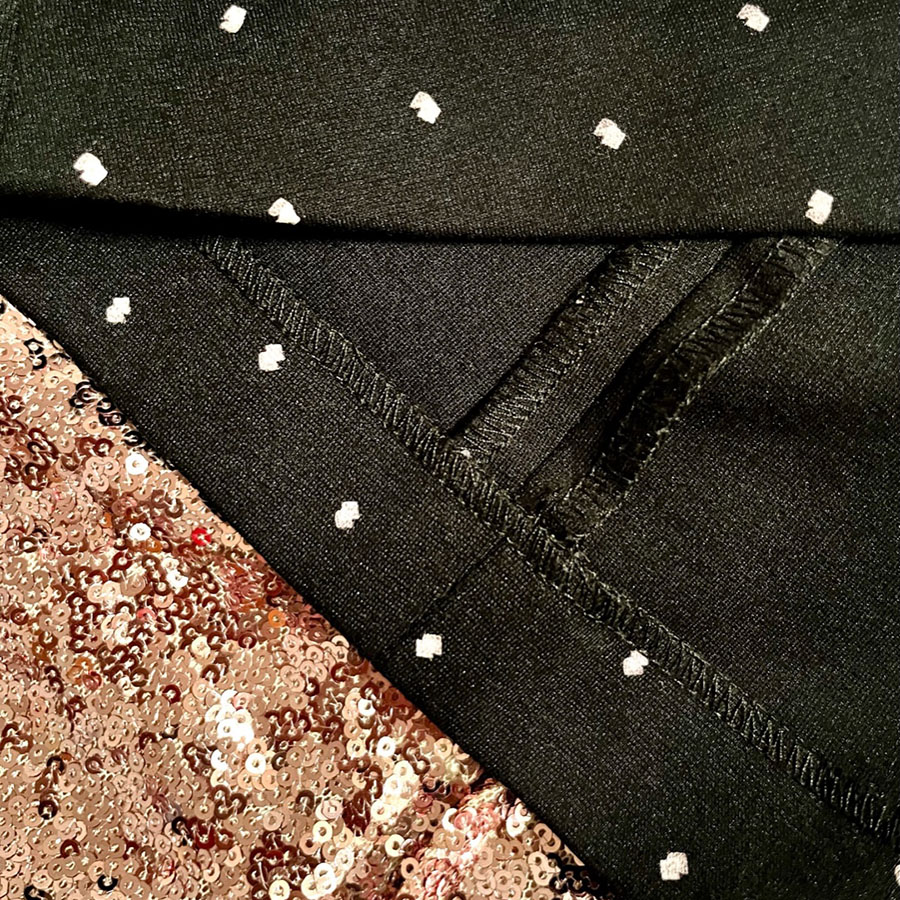
Sewing machine skills – beyond the straight stitch, what should you know how to do with your sewing machine:
1. Zippers: Zippers can be scary – and not just in a “There’s Something About Mary” Frank-n-beans way. Adding a Zipper to a costume is not a simple task and it’s not hard to end up with a crooked, wonky mess. But like most things it just takes practice. There are instructions that come with the zipper, but there’s also more than one way to put one in. There’s also a wide variety of zipper-types that may require completely different processes to add them to your garment. When it comes to costuming, I’d recommend against invisible zippers because they aren’t very strong, but that doesn’t mean I’ve never put one in a costume – and invisible zippers are definitely different to sew. So figure out what you are trying to do – what kind of zipper in what kind of fabric – and then find a tutorial (or 3) that show you how.

2. Stretch materials: You cannot use a regular straight stitch to sew stretch fabric. A regular straight stitch won’t stretch, so you’ll either rip your fabric or rip your stitch. A serger (differential interlock machine) can be really helpful, but it is totally possible to sew stretch fabrics on a regular sewing machine; even a super-basic machine. Find a tutorial that shows you how.
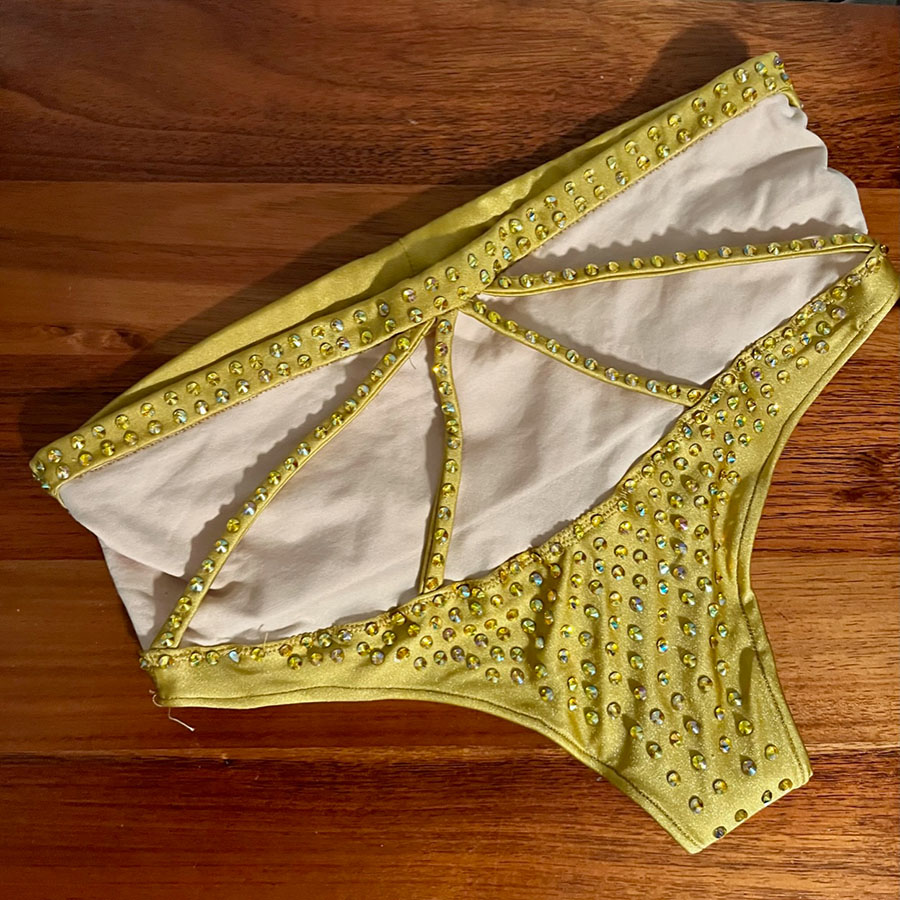
3. Sewing with Sequins: Sequin fabric is a really easy way to bring some glam to a garment. But you really should do it right or your seams are going to be funky.
Advanced skills – you know your way around a sewing machine and patterns. Now, let’s take it up a notch:
1. Fitting with a Muslin: If you are making a form-fitting, non-stretch garment, fitting with a muslin is critical. This is the best way to get a really good fit. The basics of it are making a mock garment out of muslin that you do majority of your fittings on and making those adjustments to your pattern before cutting your fabric. I highly recommend this for gowns and corsets.
2. Couture Sewing Skills: I learned a few of these in college, but most of them came from a Craftsy class on Couture Sewing. Like with muslin fitting (which is a big part of couture sewing) these are really good to use for form-fitting costumes and corsets – or really any costume that you are building from scratch and want to last a long time. If you want to make good quality costumes these are the skills you want. These skills involve a lot of hand sewing and they do add a lot of time to the process, but if you have the time, they are totally worth it.
I made this corset using the skills I learned in the Craftsy Course on Couture Sewing:
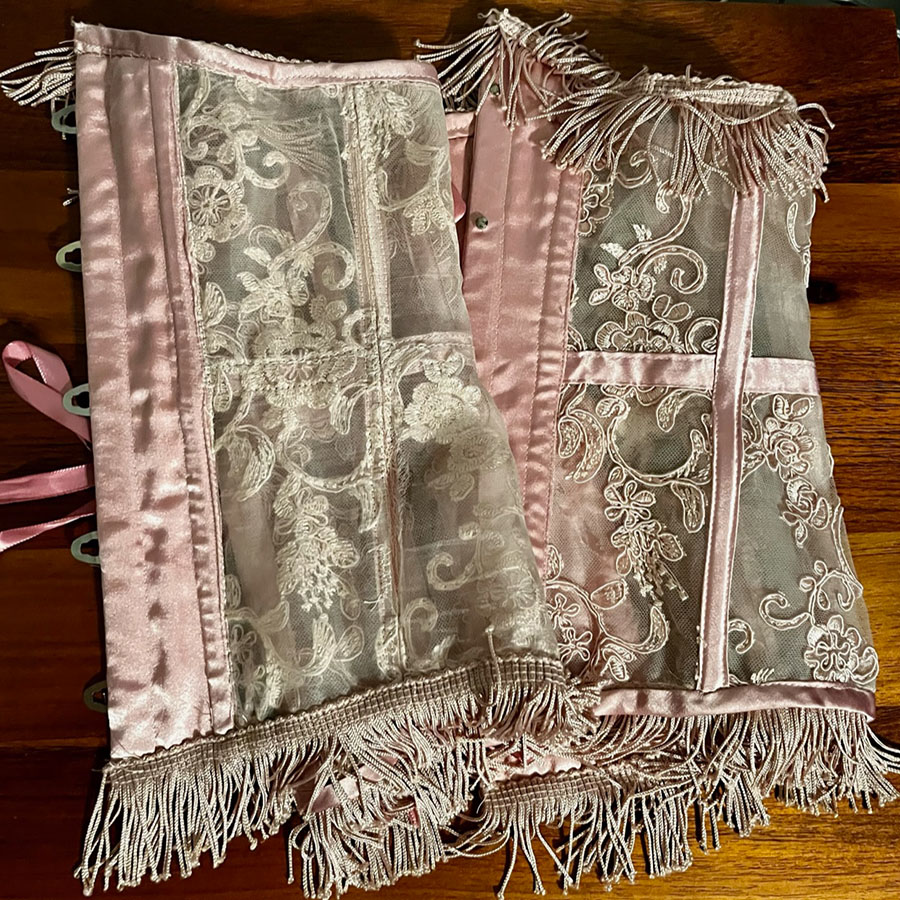
3. Lingerie Making: Making lingerie is an art form, and it is very different from sewing dresses. There are skills common to both, but the process varies a lot. There’s also things you do in lingerie making that you almost never do in dressmaking (sewing stretch fabrics to non-stretch, top stitching seams, etc.). Learning to work with elastic and lingerie hardware can be very useful in burlesque.
No matter where you are on your sewing journey, there’s always new skills to learn. I follow a couple IG feeds that are just sewing tips. I joined Foundations Revealed for awhile – it’s an online community about corsets with many amazing articles. There’s also FB groups dedicated to Burlesque costuming and if you are interested in really honing your burlesque costume skills I’d recommend Tips on Taps with Menuge-et-Toi on Patreon.
And here’s me in the Corset I made using skills learned online through both Craftsy and Foundations Revealed:
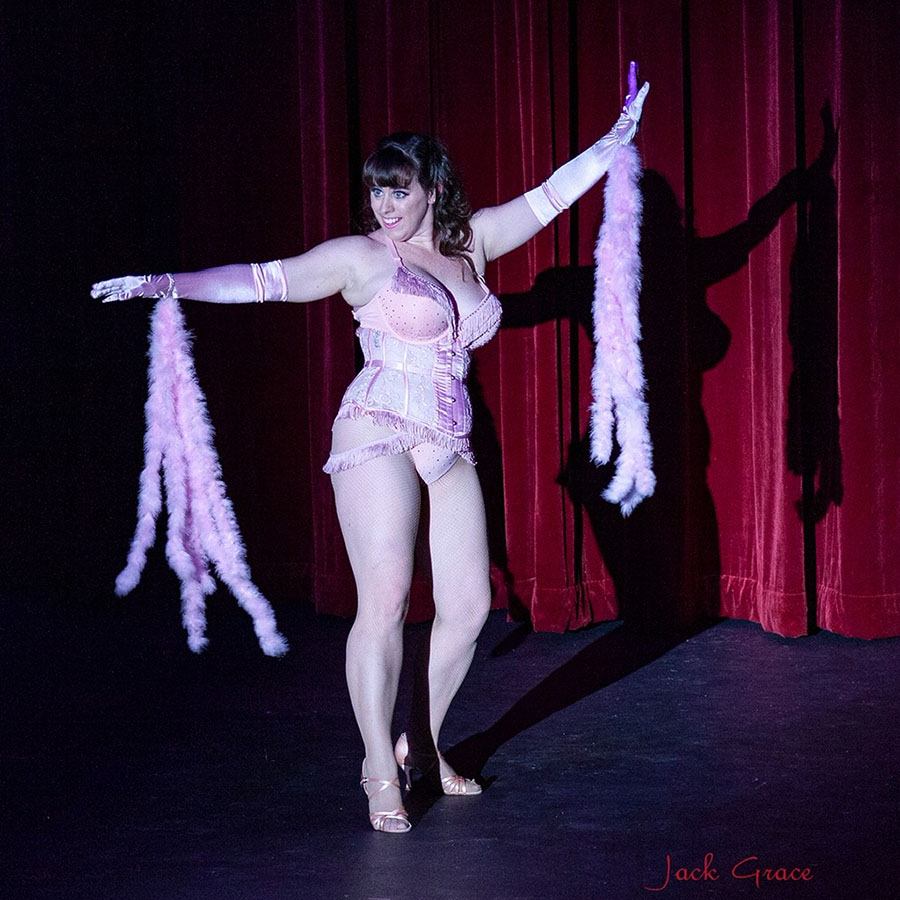



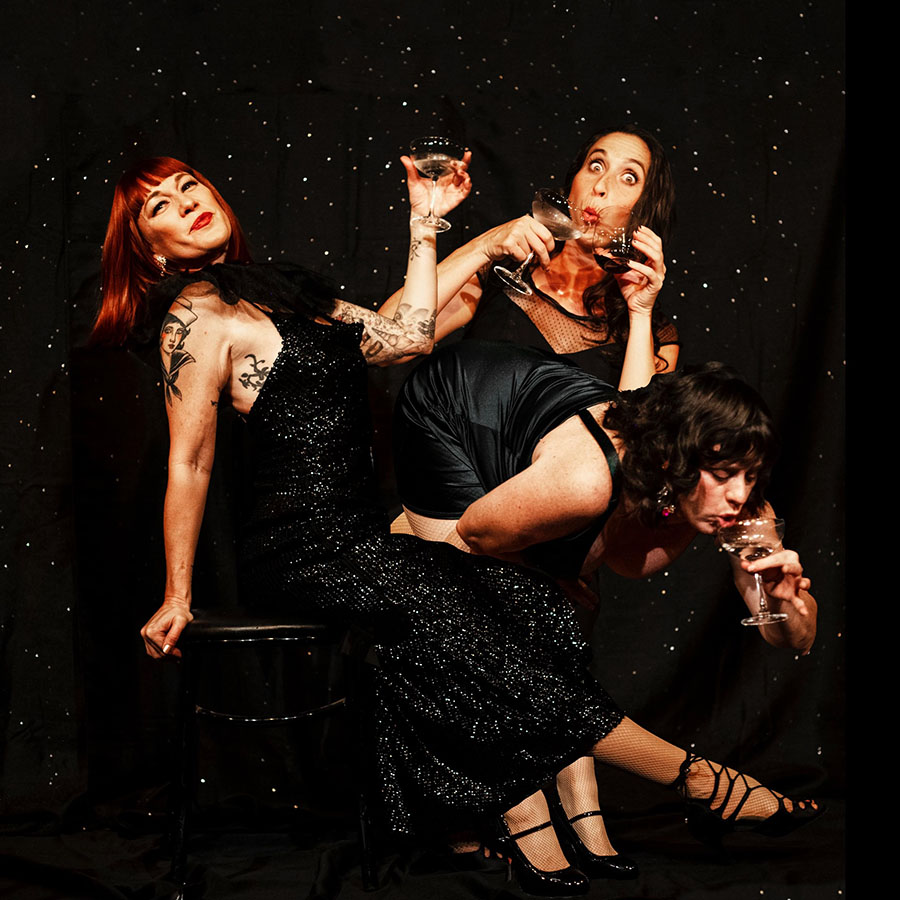
This Post Has 0 Comments